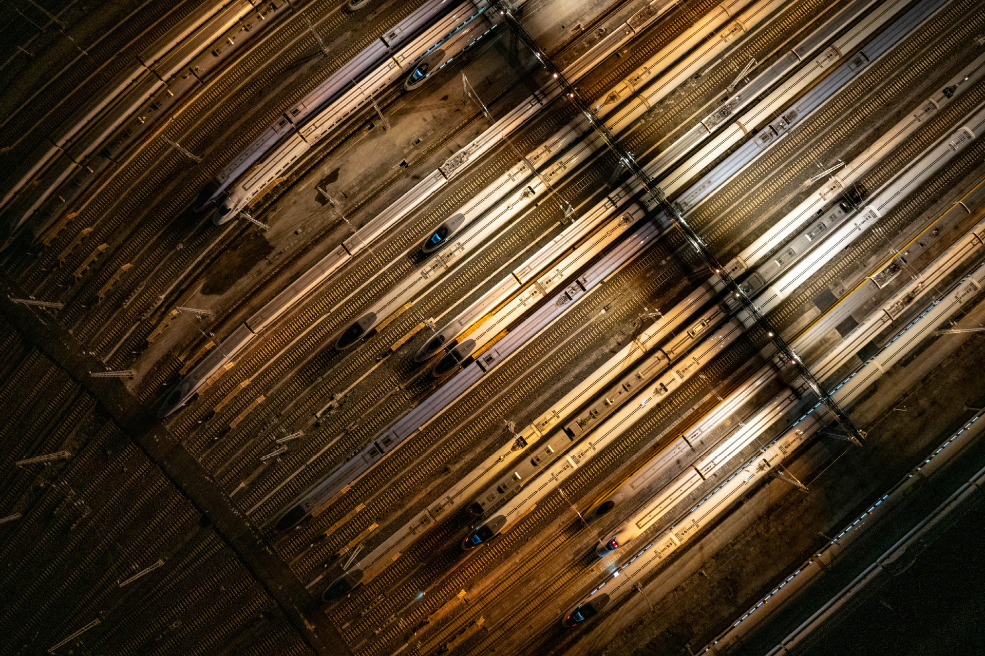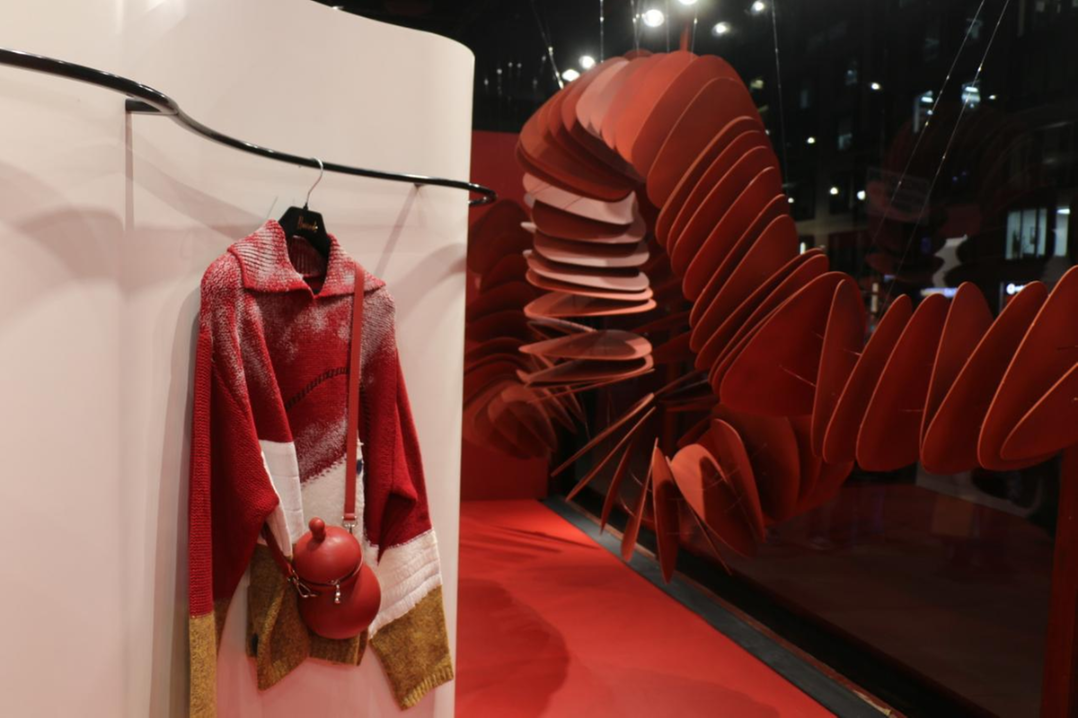British Museum moves bust of founder as it deals with colonialism links
China Daily | Updated: 2020-08-26 09:38

A bust of the founder of the British Museum has been removed from its pedestal at the institution after the management said it wanted to confront its links to colonialism.
The likeness of Hans Sloane, who was a slave owner, has since been placed in a secure cabinet alongside artifacts that explain his lifetime's work in the context of the story of the British Empire.
Speaking to The Telegraph newspaper, Hartwig Fischer, the institution's director, said: "We have pushed him off the pedestal. We must not hide anything. Healing is knowledge."
The move is part of a wider effort by the museum, curators said, to acknowledge its links to slavery and is influenced by the "Black Lives Matter" movement, which followed worldwide protests sparked by the killing of George Floyd in the United States in May.
It was revealed that many other artifacts will be given new labels that explain how the museum acquired them, including through "colonial conquest and military looting".
Sloane, born in 1660, was an Irish physician and naturalist who married a wealthy heiress to an estate of Jamaican sugar plantations, worked on by slaves. He went on to build a collection of artifacts that came to be the British Museum. He is also known for London street names such as Sloane Square.
In his Telegraph newspaper interview, Fischer added: "Dedication to truthfulness when it comes to history is absolutely crucial, with the aim to rewrite our shared, complicated and, at times, very painful history.
"The case dedicated to Hans Sloane and his relationship to slavery is a very important step in this. We have pushed him off the pedestal where nobody looked at him, and placed him in the limelight.
"The British Museum has done a lot of work-accelerated and enlarged its work on its own history, the history of empire, the history of colonialism, and also of slavery. These are subjects which need to be addressed, and to be addressed properly. We need to understand our own history."
The British Museum's decision comes in the wake of a wider reckoning on race triggered by Floyd's death.
In June, a statue of 17th century slave trader Edward Colston was removed from its plinth by protesters in Bristol, and a statue of slave owner Robert Milligan was later removed in London's Docklands. In Oxford, a campaign continues for the removal of a statue of 19th century politician Cecil Rhodes.
The British Museum reopens on Thursday after being closed for 163 days due to the novel coronavirus pandemic.
It is the institution's longest peacetime closure since the first visitors arrived 261 years ago.
The museum will welcome 2,000 people each day, compared to the usual 18,000 at this time of year.
























